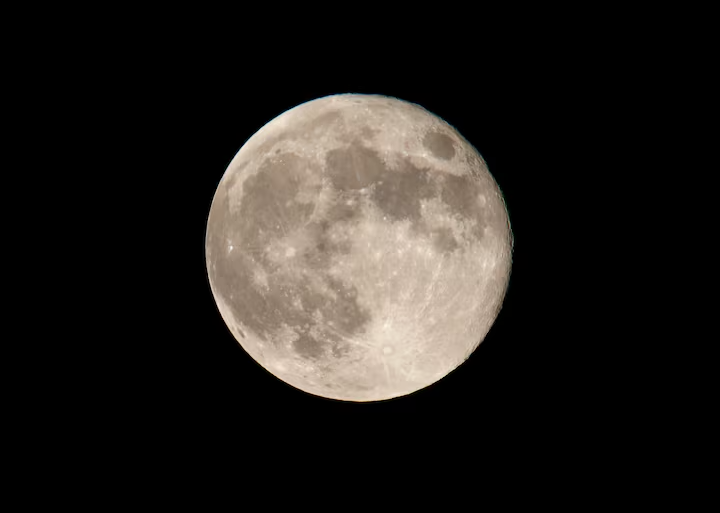In a bold leap toward space exploration, Spanish tech company GMV has unveiled LUPIN, a pioneering GPS-like system designed to guide astronauts and rovers across the moon’s surface—just like using Google Maps for your morning commute.
Developed under the European Space Agency’s initiative to revolutionize space navigation, LUPIN (short for Lunar Pathfinder Navigation) aims to solve one of the biggest challenges in lunar exploration: the lack of real-time, reliable navigation. With countries and companies intensifying efforts to return to the moon, whether for scientific research, mining, or even tourism, a tool like LUPIN could prove game-changing.
“With this software, we bring Europe closer to establishing a human presence on the moon—and possibly Mars in the future,” said Steven Kay, the project director.
To test LUPIN in conditions similar to the moon’s rocky and dusty landscape, GMV turned to Fuerteventura, a rugged island in Spain’s Canary Islands. There, the team trialed the system using moonlike terrain to simulate what future missions might face.
Traditionally, navigating on the moon has been incredibly difficult. Current spacecraft rely on complex Earth-based calculations and data relays, which are slow, imprecise, and often unreliable due to communication shadow zones and latency issues.
GMV’s solution? A network of signals from satellites orbiting the moon—similar to how GPS works on Earth. This would enable astronauts and lunar rovers to pinpoint their real-time location, navigate hazardous terrain, and avoid obstacles more safely and efficiently.

Another key issue LUPIN tackles is the moon’s constantly changing landscape. Events such as meteorite impacts or shifting lunar dust can alter the terrain quickly. These changes can’t be updated fast enough using Earth-based systems. By fusing lunar maps with real-time satellite data, LUPIN can provide up-to-date terrain information—especially in dark, unexplored regions like the lunar south pole and the far side of the moon.
Mariella Graziano, GMV’s head of strategy, emphasized the system’s potential:
“We want these rovers to map the surface of the moon in a fast and safe way so that astronauts can return in a few years, work there, and set up permanent bases.”
The launch of LUPIN marks a significant milestone in making outer space more accessible, navigable, and even habitable. As missions to the moon ramp up globally, real-time lunar navigation could be the tool that finally unlocks long-term human activity beyond Earth.



